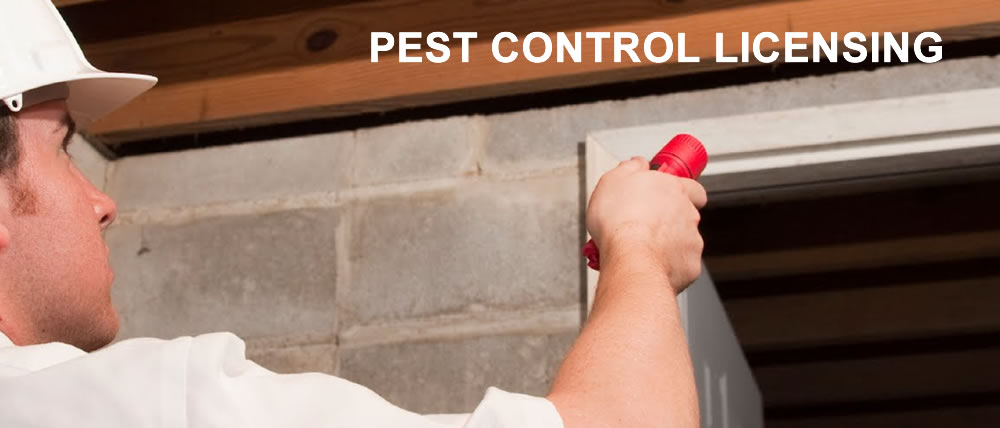Termite Barriers – What You Need To Know
Termite Barriers: How They Work, Are They Safe? Installation and Prices
Termite damage to homes and buildings in Australia is a real problem. Left unchecked, termites can cause extensive damage and even weaken the structural integrity of a building. CSIRO Research shows that an estimated 1 in 3 houses will be effected by termite infestation at some stage. Fortunately, there are ways to protect your home from these tiny pests. One of the best methods for keeping your home safe is installing a termite barrier. In this guide, you’ll learn what a termite barrier is, how it works and why you should use one.
What Is Termite Barrier?
A termite barrier is any physical or chemical barrier that helps keep termites away from your home or building. Common barriers include chemical treatments like termiticides and baits, as well as physical barriers such as metal mesh or concrete slabs. These barriers act as boundaries, encouraging the termites to stay away from your structure while still allowing them access to food sources in the surrounding soil. Using a termite barrier can help you protect your home from costly damages caused by these insects. They provide an extra layer of protection beyond traditional pest control techniques and can be extremely effective at keeping termites away from wood structures for years after installation. Additionally, the materials used for these barriers are often more affordable than expensive repair bills. This makes them an ideal solution for homeowners on a budget looking to protect their investments from destructive pests like termites. By installing a termite barrier around your property, you can save yourself time and money in the long run by avoiding potential repairs from infestations. With proper maintenance and upkeep, these barriers can help keep your property safe for many years to come!
What kinds of barrier are there?
There are two main types of termite barriers: chemical and physical. Chemical barriers make use of termiticides, which are specialised chemicals that either kill or repel termites. Physical barriers, on the other hand, create a physical barrier between the soil and wood structures around your property. These can include metal mesh, sand, concrete slabs or treated lumber. Both types of barriers can be effective at keeping termites away from your home if maintained properly.




